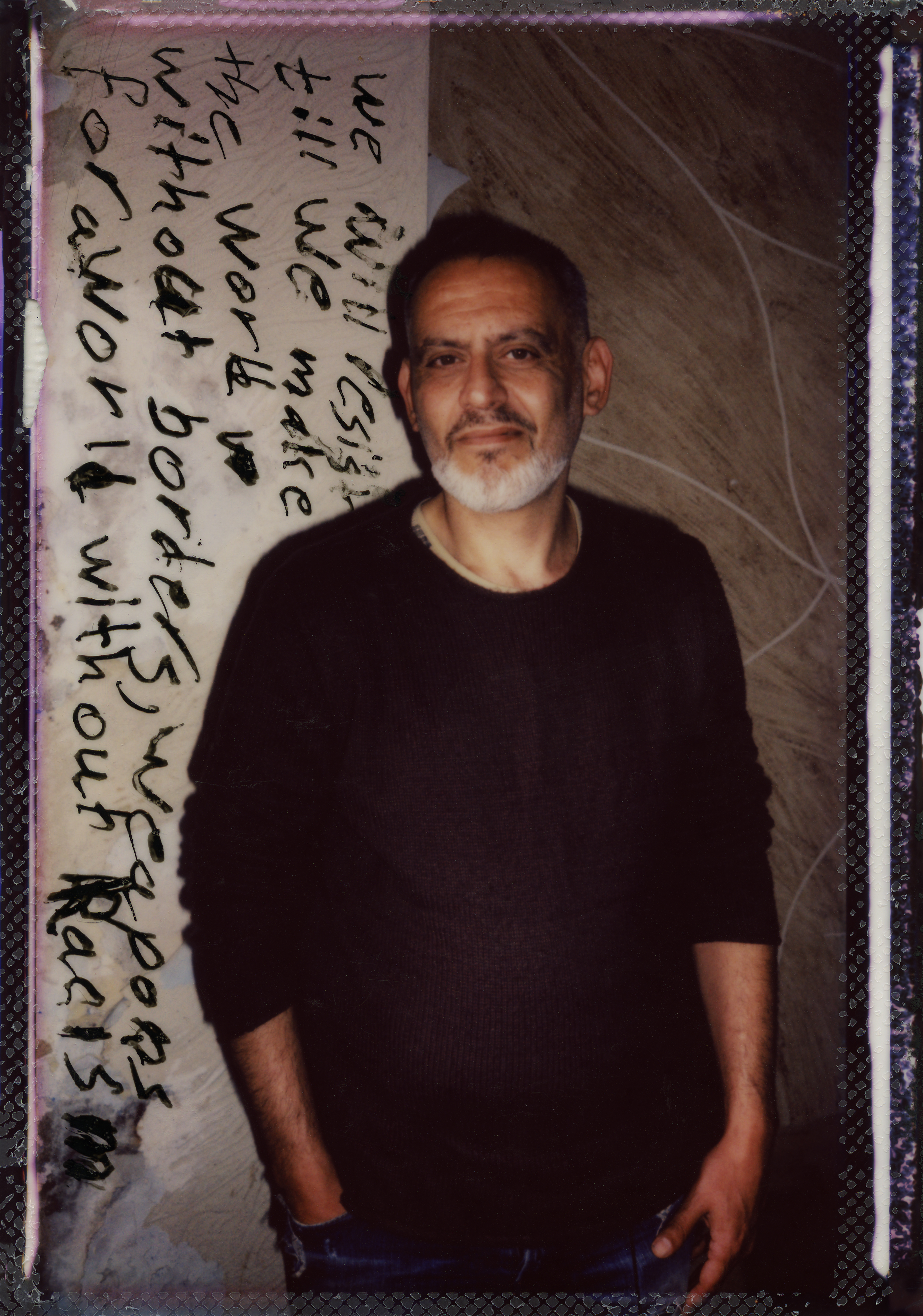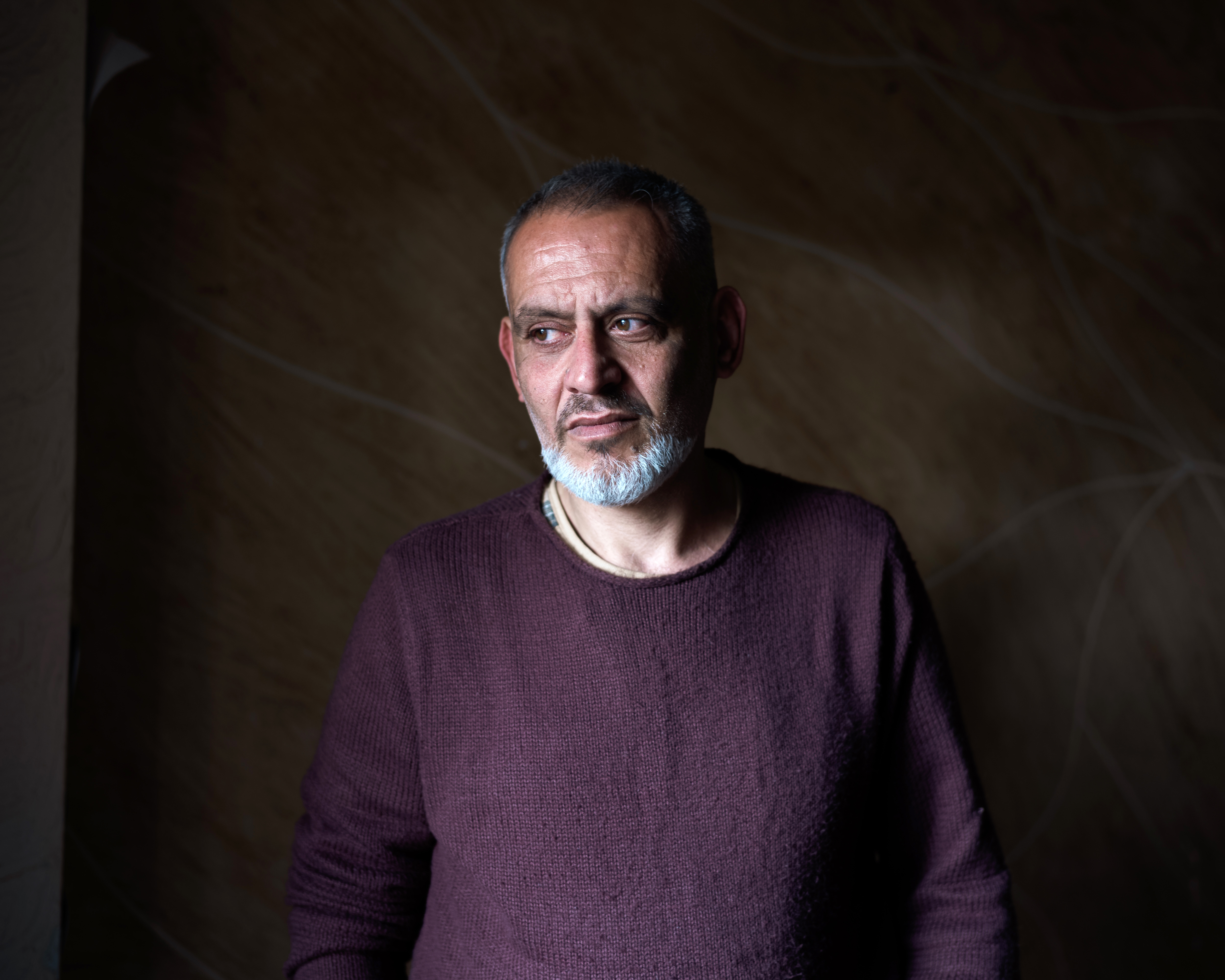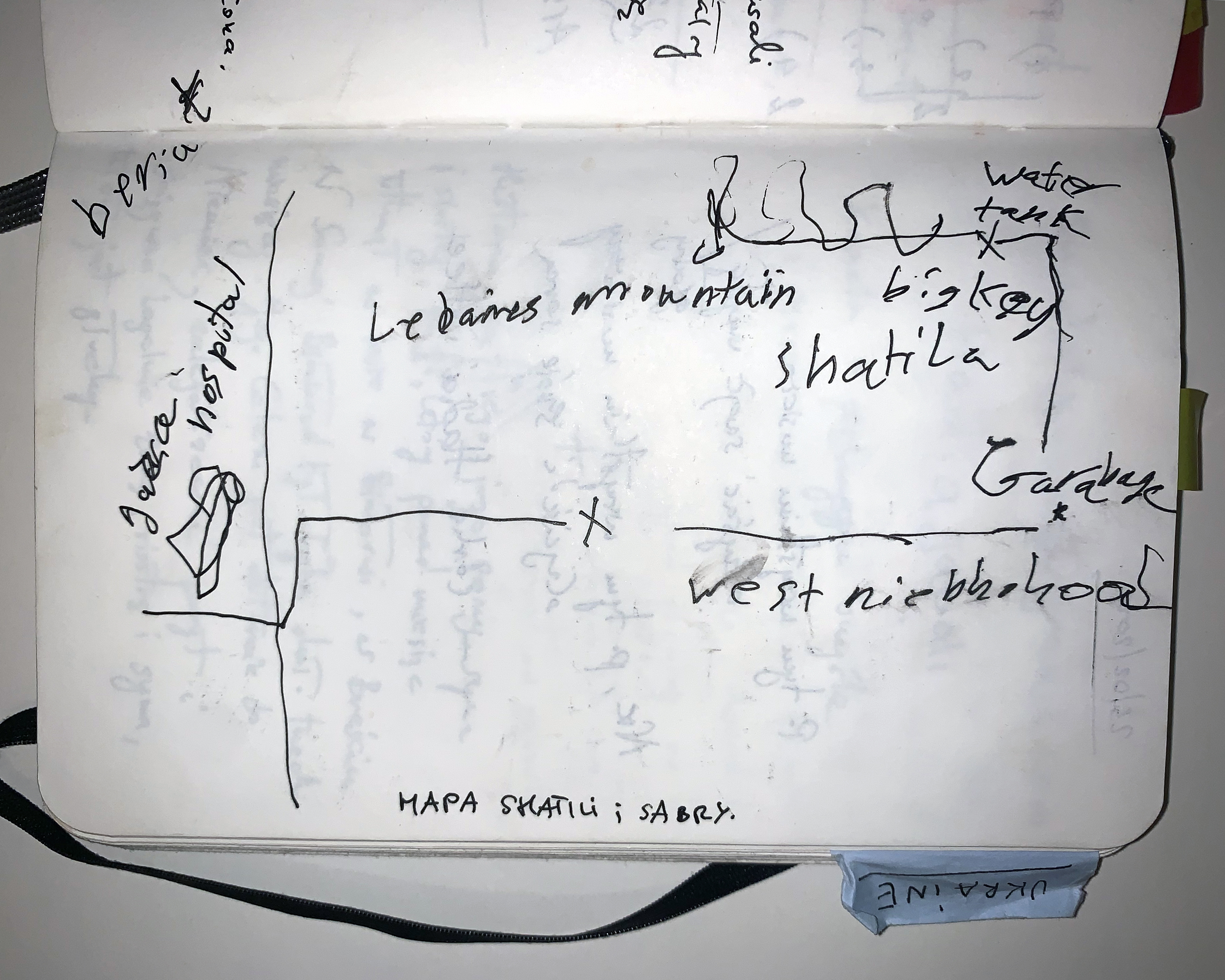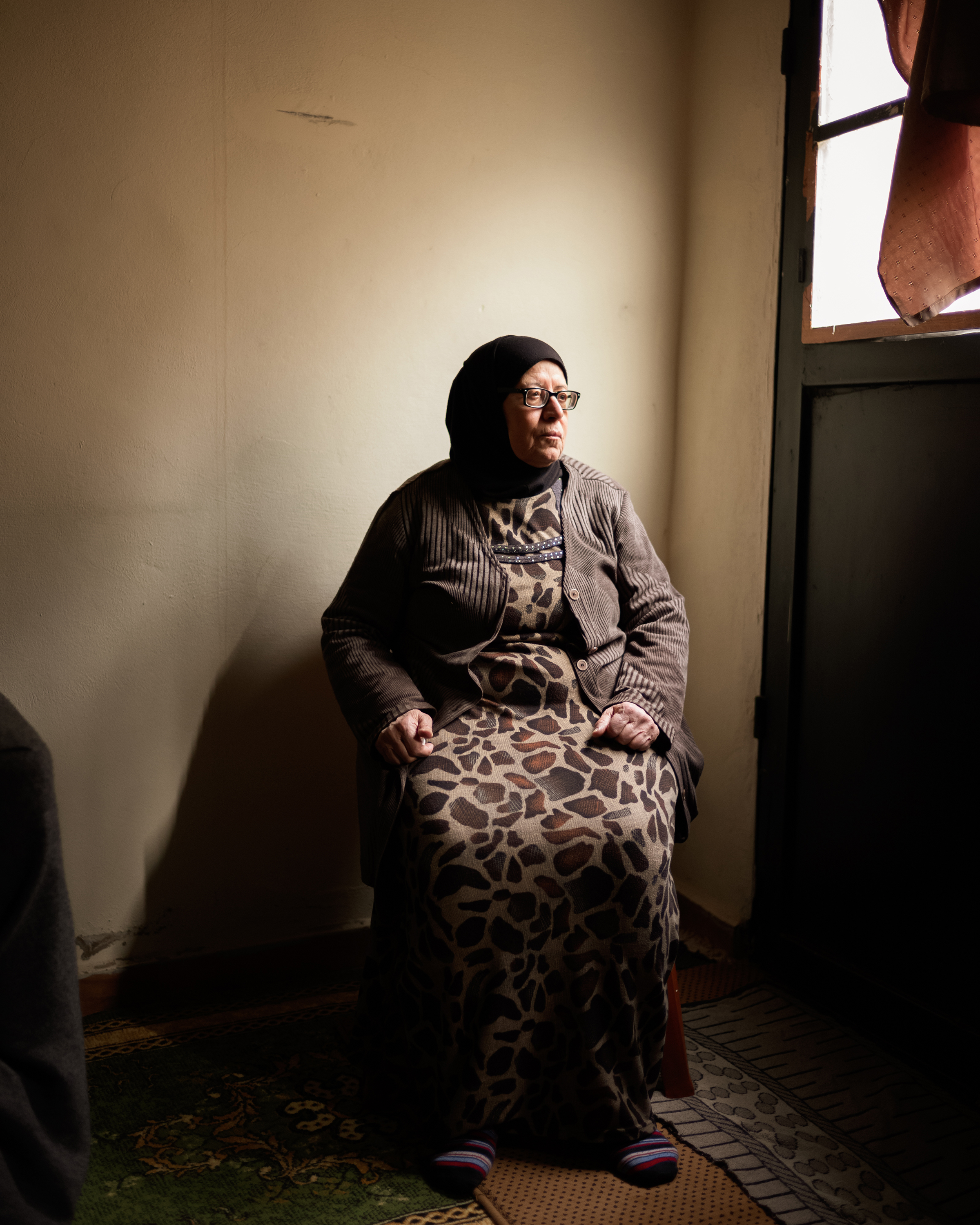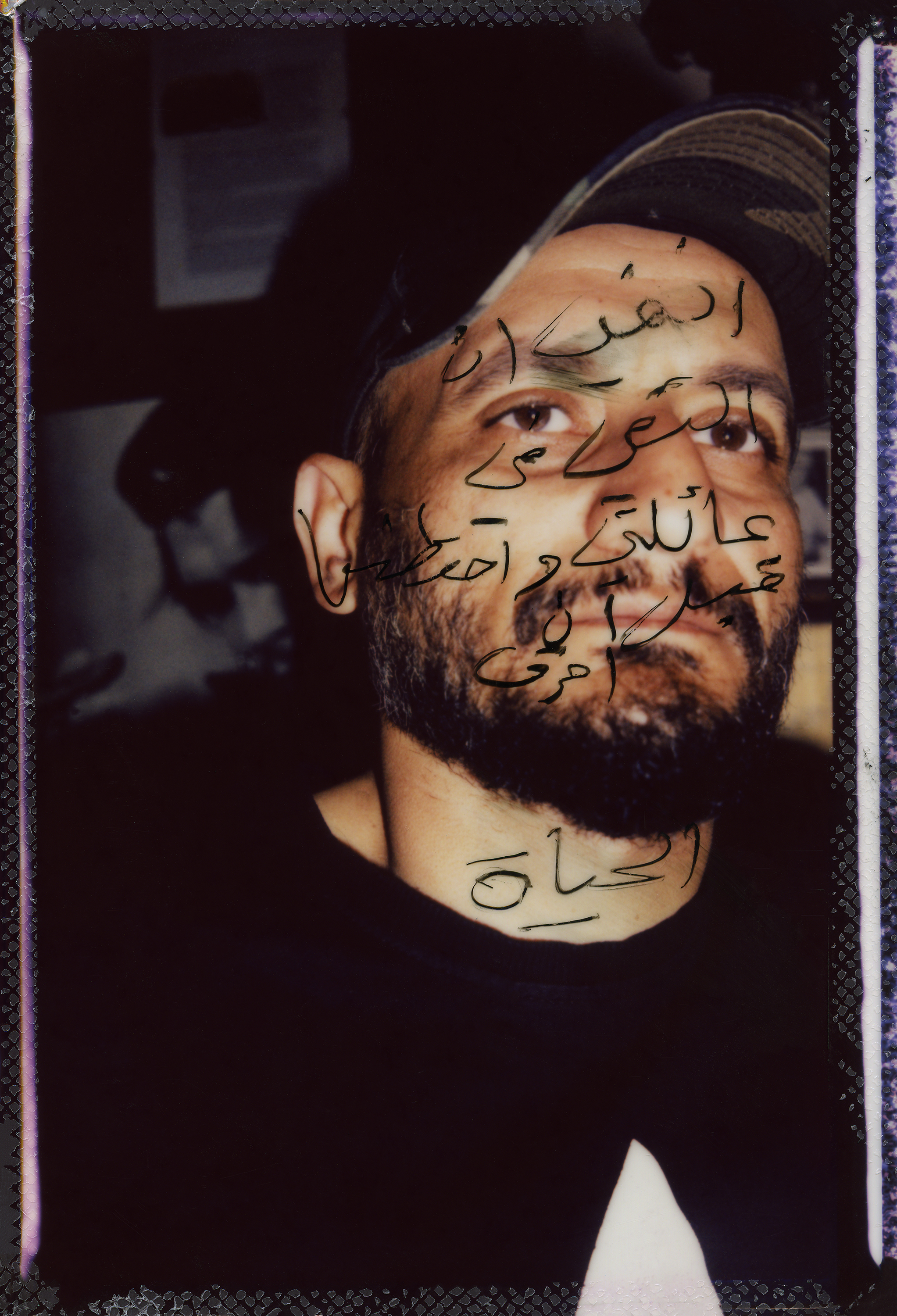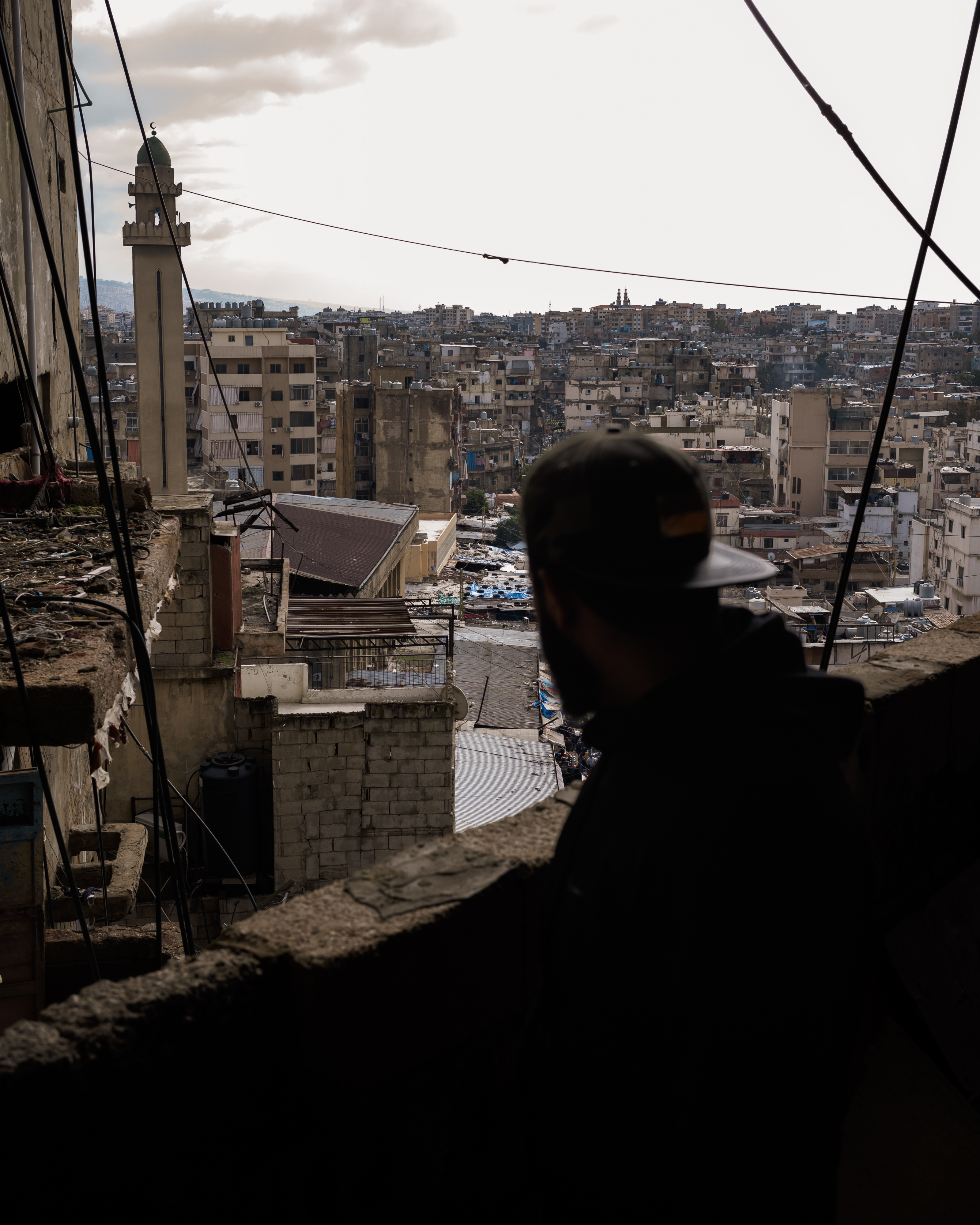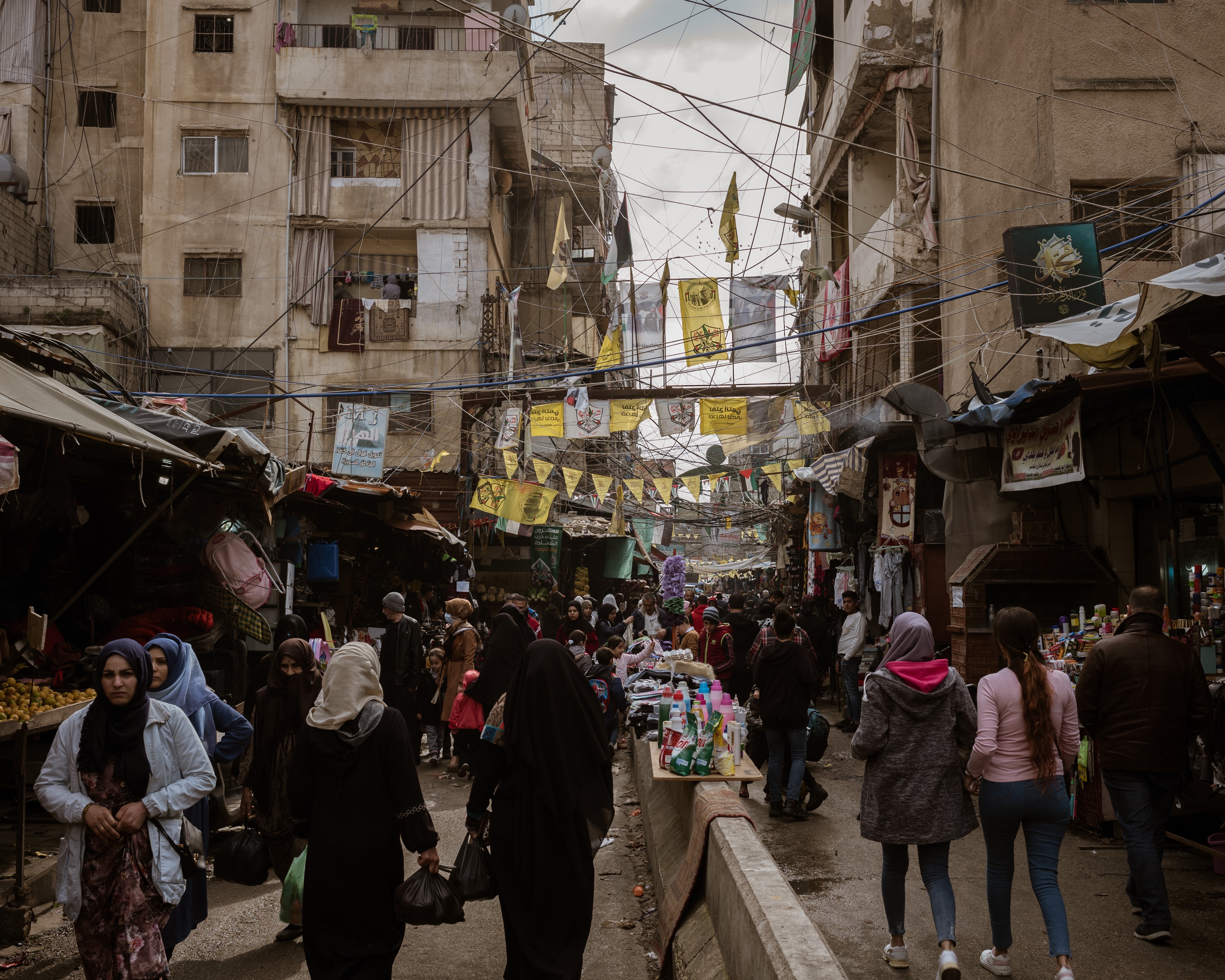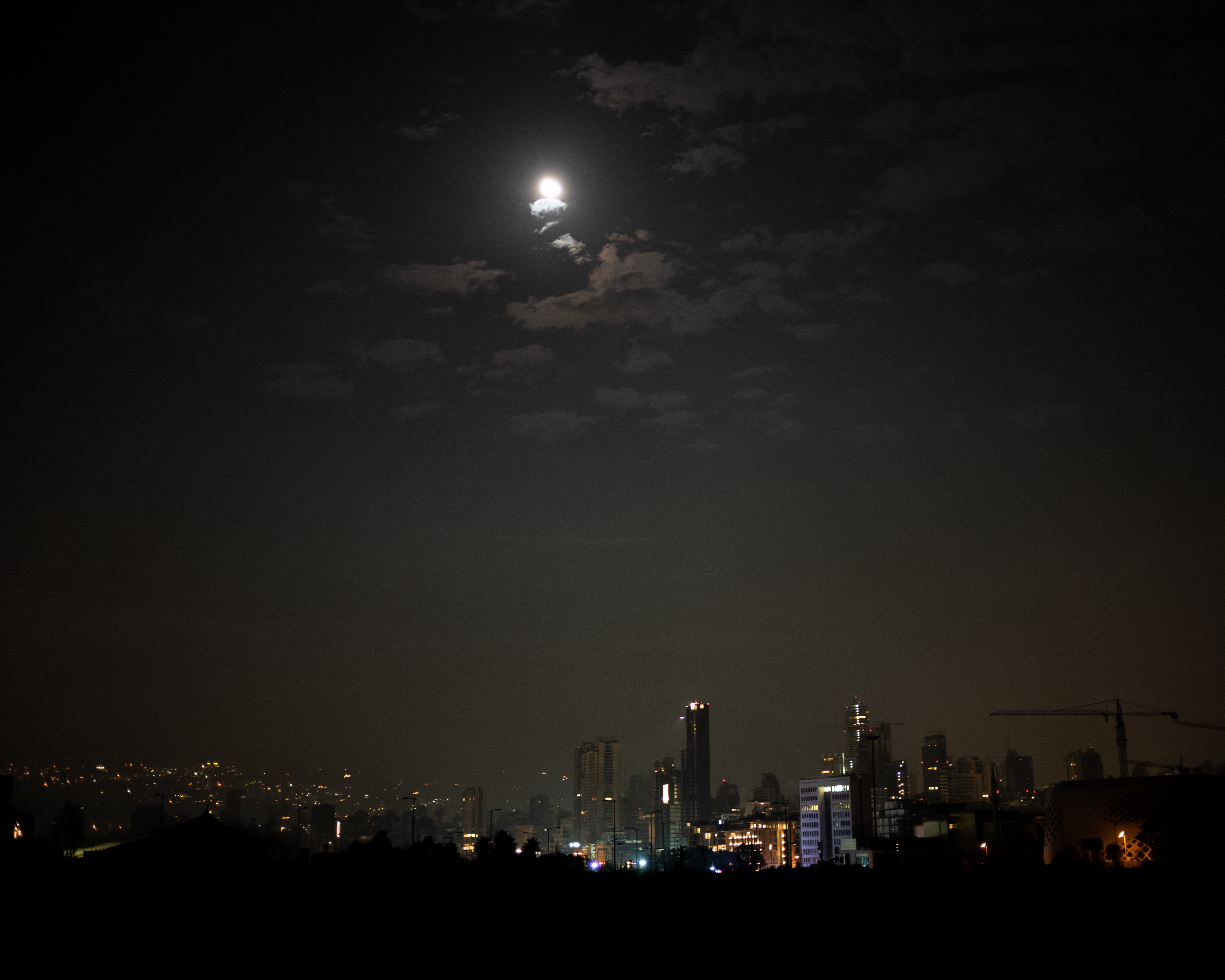Home should be a place where we feel safe. Read Alaa Al-Ali’s story about the inhabitants of Sabra and Shatila, two areas in Beirut with a tragic history and challenging present.
photo: Agata Grzybowska
I was not here the day it happened. I came to live here years later. But the scent of coffee, made by those denied from drinking it that September, still wafts in the corners of this place. I lead the visitor to where it is not possible to see the end of the street; to see any more of it than can be seen from here. Where is Sabra, where is Shatila? he asks. I repeat for him the response I have become accustomed to giving past the point of tedium. Do you see that black fabric? Over there is a picture of a martyr. That marks the exact dividing line between the two camps.
Then he asks about the massacre. So I search my mental archive for the stories I have heard from others. They came from here, then they went in that direction, all the way to the right. They killed and kidnapped. I summon the pictures of the disappeared, whose names and addresses I recently took part in cataloguing. I heard their stories from those weary of waiting. But who continue to wait. I was the fastest researcher. I was simply documenting a crime the aggressors perpetrated, here more than any other place. Those leading the research approved of my efficiency.
Jamal was a neighbor to the other Jamal. Both were eighteen years old. On September 18, 1982, the third day of the massacre, they departed from their homes for the last time, parting with their fathers. They separated at the end of the street. The two fathers survived the chaos while the two Jamals disappeared with dozens of others. Today they are both recorded among the list of the fortunate missing. Someone survived to tell about them, to remember them. Many here were kidnapped with their families. Nobody remained to tell or remember.
They asked for our weapons. The Europeans guaranteed us protection. They took the weapons and left, returning after the massacre, again to protect us, or to gather statistics on survivors. I don’t know. Today they ask you about the weapons. Say that the weapons are to protect my people from the replay of that experience. To protect my people here, where I stand with my guest on the roof of the Gaza Hospital in Sabra. Then south, to the picture of the dividing martyr. Then to the end of the street, where more than 2,000 martyrs lie, victims of the Sabra and Shatila massacre of 1982. Then farther south, to the south of Palestine, where at the beginning of September 2009 the Gaza War was launched.
Here in Sabra is the beginning of a painful path, to Gaza and other massacres. And over there in Palestine, the end of the painful path to Gaza and massacres unending. Only the dates change. The names and faces, the victims and executioners, the sympathizers and the silent conspirators—who do so voluntarily or forcibly, or out of desperation—they do not change.
Alaa Al-Ali
Sabra, Lebanon
photo: Agata Grzybowska
Photo: Agata Grzybowska

